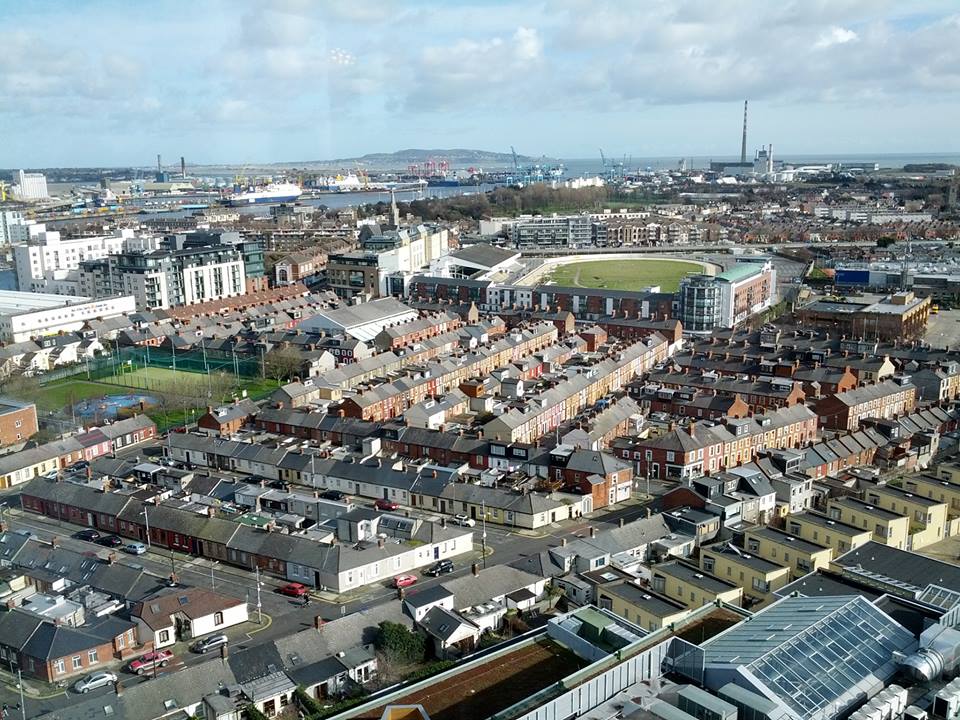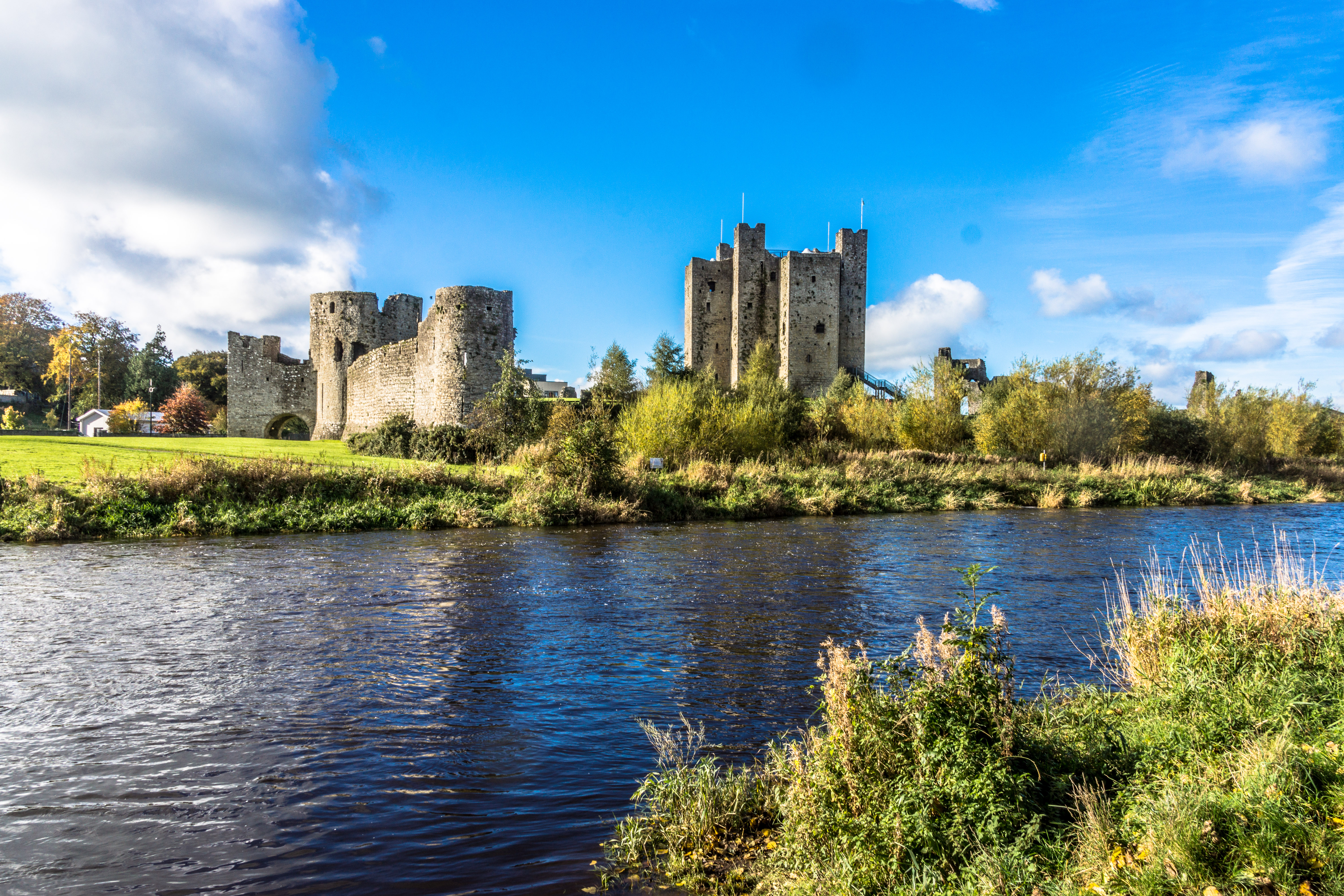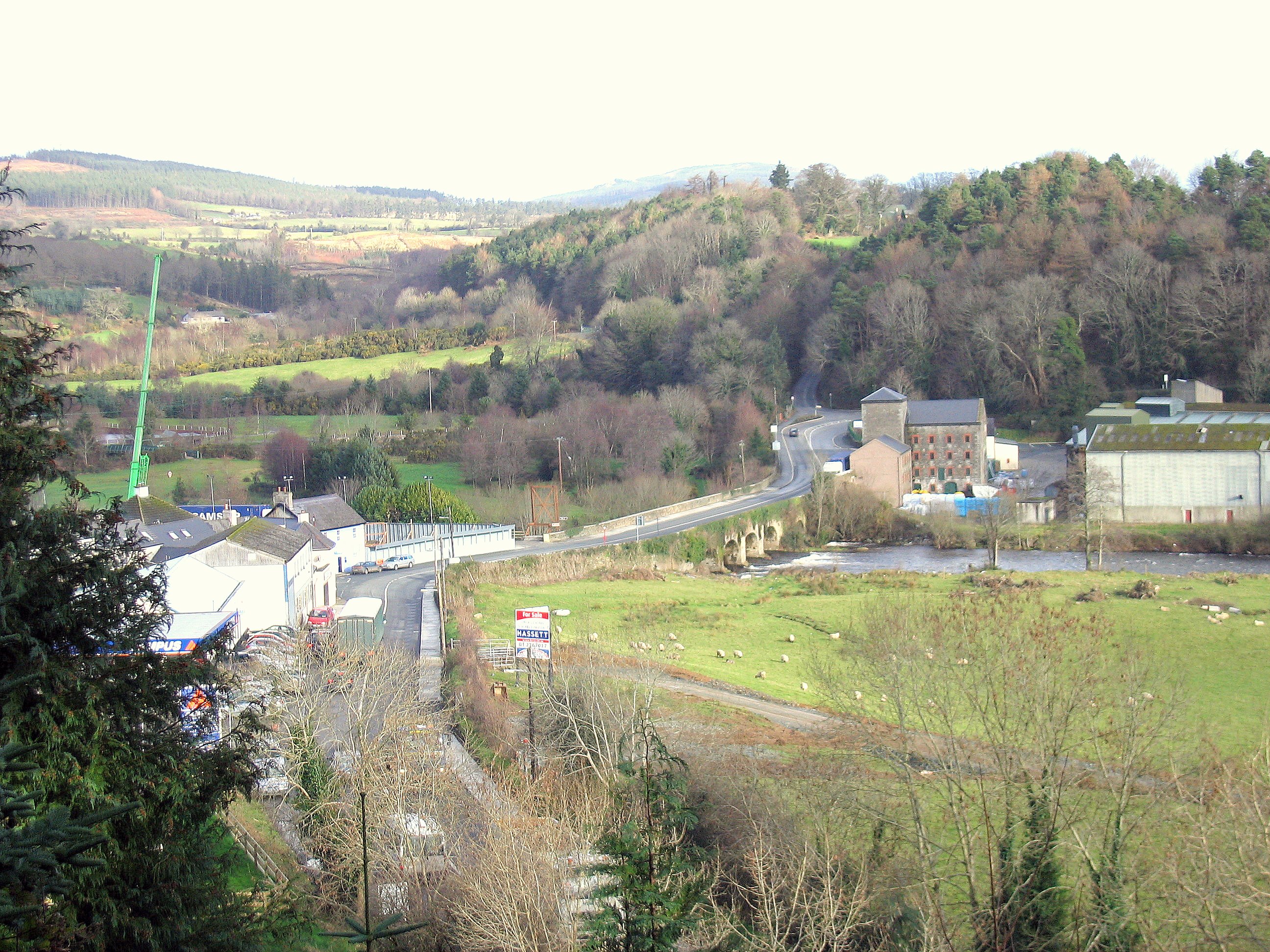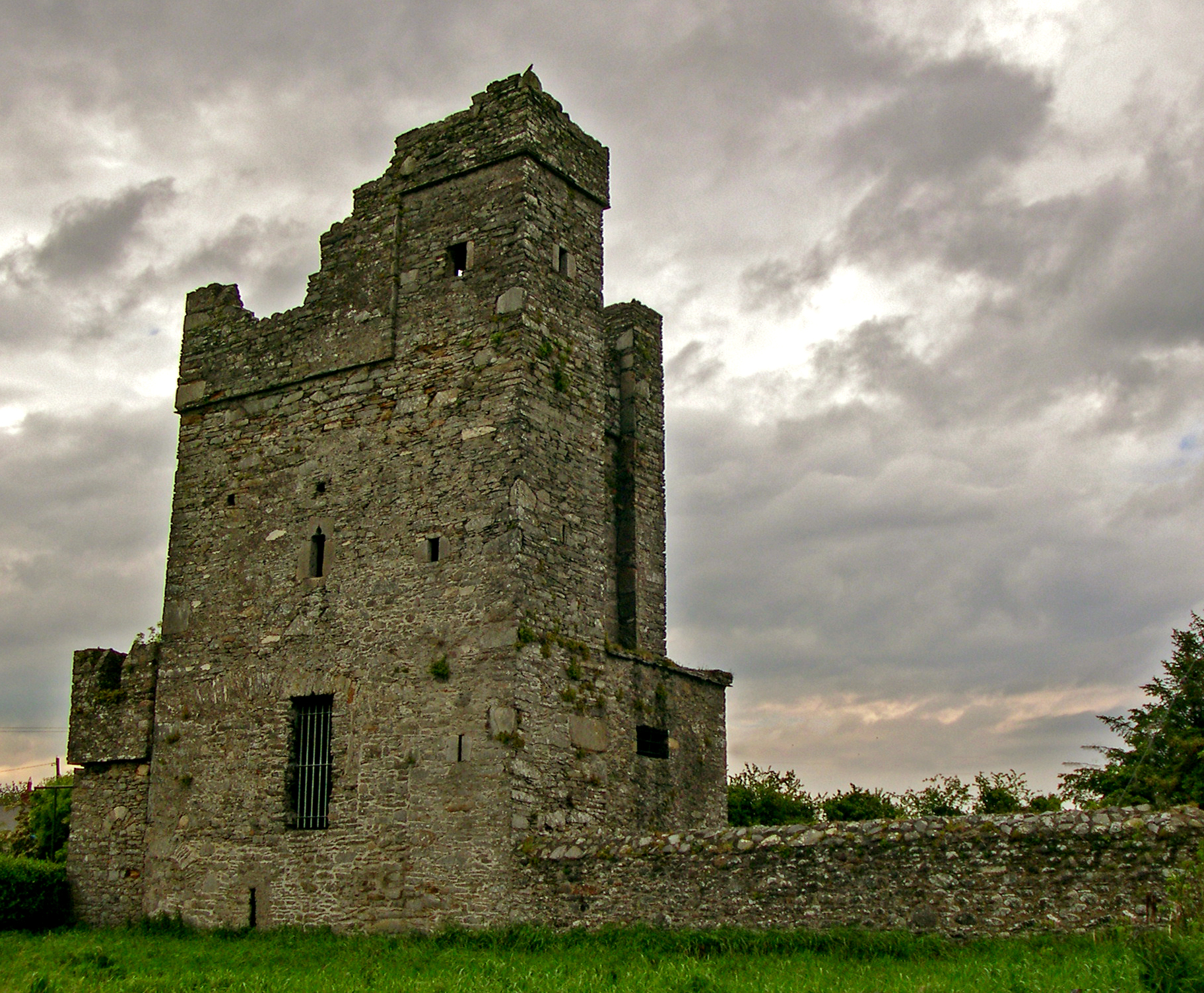|
2011 Kehoe Cup
The 2011 Kehoe Cup was an inter-county and colleges hurling competition in the province of Leinster. The competition is ranked below the Walsh Cup and features second and third tier counties from Leinster, Ulster, Connacht and selected university teams. Kehoe Cup Preliminary round First round Quarter-finals Semi-finals Final Kehoe shield The Kehoe Shield was also held for the third time in 2011. Participating teams consisted of those teams knocked out of the preliminary and first rounds of the Kehoe Cup. Semi-finals Final References {{Kehoe Cup Kehoe Cup The Kehoe Cup ( ; ga, Corn Mhic Eochaidh) is an annual hurling competition organised by the Leinster Council of the Gaelic Athletic Association ( GAA) since 1977 for second- and third-tier inter-county teams in the province of Leinster in Irela ... Kehoe Cup ... [...More Info...] [...Related Items...] OR: [Wikipedia] [Google] [Baidu] |
Kehoe Cup
The Kehoe Cup ( ; ga, Corn Mhic Eochaidh) is an annual hurling competition organised by the Leinster Council of the Gaelic Athletic Association ( GAA) since 1977 for second- and third-tier inter-county teams in the province of Leinster in Ireland. Nowadays, teams from the provinces of Ulster and Connacht are eligible to compete; formerly, teams from third-level institutions within the three provinces also did. The competition runs each January. Sponsored by Bord na Móna, it is therefore officially known as the Bord na Móna Kehoe Cup. The Kehoe Cup is part of a series of GAA tournaments known as the Bord na Móna Leinster GAA Series, along with the Walsh Cup and the O'Byrne Cup. The original purpose of these competitions was to raise funds to supplement an injury scheme for the players. Nowadays, the funds generated are used to alleviate hardship among players, mentors and families who are in financial difficulty. The funds are administered throughout the twelve counties of L ... [...More Info...] [...Related Items...] OR: [Wikipedia] [Google] [Baidu] |
Armagh GAA
The Armagh County Board ( ga, Cumann Lúthchleas Gael Coiste Chontae Ard Mhacha) or Armagh GAA is one of the 32 county boards of the Gaelic Athletic Association (GAA) in Ireland, and is responsible for the administration of Gaelic games in County Armagh, Northern Ireland. The county board is responsible for preparing the Armagh Gaa teams in the various sporting codes; football, hurling, camogie and handball. The county football team won an All-Ireland Senior Football Championship in 2002; it was the fifth from the province of Ulster to win the Sam Maguire Cup, leaving only Antrim, Fermanagh and Monaghan. Football Clubs The county's most successful football club is Crossmaglen Rangers. Crossmaglen have won the Armagh Senior Football Championship on 45 occasions, the Ulster Senior Club Football Championship on 11 occasions, and All-Ireland Senior Club Football Championship on six occasions. ;List of football clubs County team Armagh has a long tradition of football. Sev ... [...More Info...] [...Related Items...] OR: [Wikipedia] [Google] [Baidu] |
Ringsend
Ringsend () is a Southside (Dublin), southside inner suburb of Dublin, Republic of Ireland, Ireland. It is located on the south bank of the River Liffey and east of the River Dodder, about two kilometres east of the city centre. It is the southern terminus of the East-Link (Dublin), East Link Toll Bridge. Areas included in Ringsend are the south side of the Dublin Docklands, and at the west end is the area of South Lotts and part of the Grand Canal Dock area. Neighbouring areas include Irishtown, Dublin, Irishtown, Sandymount and the Beggars Bush, Dublin, Beggars Bush part of Ballsbridge to the south, and the city centre to the west. A key feature of the area is the chimneys of Poolbeg power station. Formerly the point where ships arriving from across the Irish Sea would dock, Ringsend went into decline in the 19th and 20th centuries, when the shipping moved to other locations, although there is still some container shipping. Name Ringsend was originally a long narrow penins ... [...More Info...] [...Related Items...] OR: [Wikipedia] [Google] [Baidu] |
Arklow
Arklow (; ; , ) is a town in County Wicklow on the southeast coast of Ireland. The town is overlooked by Ballymoyle Hill. It was founded by the Vikings in the ninth century. Arklow was the site of one of the bloodiest battles of the 1798 rebellion. Its proximity to Dublin led to it becoming a commuter town with a population of 13,163 as of the 2016 census. Arklow is at the mouth of the River Avoca, the longest river wholly within County Wicklow. The town is divided by the river, which is crossed by the Nineteen Arches Bridge, a stone arch bridge linking the southern or main part of the town with the northern part, called Ferrybank. The Nineteen Arches Bridge is the longest handmade stone bridge in Ireland, and a plaque on the south end of the bridge acknowledges this. History The town's English name derives from ''Arnkell's Lág'' (Arnkell was a Viking leader; a "lág" (low) was an area of land). Its Irish name, ''Inbhear Mór'' or ''An tInbhear Mór'', means ''the large ... [...More Info...] [...Related Items...] OR: [Wikipedia] [Google] [Baidu] |
Trim, County Meath
Trim () is a town in County Meath, Ireland. It is situated on the River Boyne and has a population of 9,194. The town is noted for Trim Castle – the largest Norman castle in Ireland. One of the two cathedrals of the United Dioceses of Meath and Kildare — St Patrick's cathedral — is located north of the river. Trim won the Irish Tidy Towns Competition in 1972, 1984, 2014 and 2022, and was the "joint" winner with Ballyconnell in 1974. Trim was historically the county town of Meath, but this title was passed on in 1898 to the larger, neighbouring town of Navan. History Early history At an early date, a monastery was founded at Trim, which lay within the petty kingdom ('' tuath'') of the Cenél Lóegairi. It is traditionally thought to have been founded by St. Patrick and left in the care of its patron saint Lommán, also locally known as Loman, who flourished sometime between the 5th and early 6th centuries.Stalmans and Charles-Edwards, "Meath, saints of (act. ''c''.4 ... [...More Info...] [...Related Items...] OR: [Wikipedia] [Google] [Baidu] |
Rathdrum, County Wicklow
Rathdrum () is a village in County Wicklow, Ireland. It is situated high on the western side of the Avonmore river valley, which flows through the Vale of Clara. Transport Railway Rathdrum is served by mainline train and bus from Dublin and Rosslare. Rathdrum railway station opened on 18 July 1863, replacing the earlier terminus at Rathdrum (Kilcommon) (opened on 20 August 1861) when the line was extended. Bus Bus Éireann route 133 from Wicklow to Arklow serves Rathdrum twice a day each way (once each way on Sundays) and provides a link to Avoca, Woodenbridge, Glenealy and Rathnew. The Wicklow Way bus service operates two routes linking Rathdrum railway station and Rathdrum with Glendalough and Tinahely respectively. Politics and government Rathdrum is part of the Wicklow constituency for national elections and referendums, and the South European Parliament constituency for European elections. Rathdrum is the location of the Honorary Consulate of Belarus in Ireland ... [...More Info...] [...Related Items...] OR: [Wikipedia] [Google] [Baidu] |
Swords, Dublin
Swords ( or ), the county town of Fingal, is a large suburban town on the east coast of Republic of Ireland, Ireland, situated ten kilometres north of Dublin city centre. The town was reputedly founded . Located on the Ward River (Ireland), Ward River, Swords features Swords Castle, a restored medieval castle, a holy well from which it takes its name, a round tower and a Norman tower. Facilities in the area include the Swords Pavilions, Pavilions shopping centre, one of the largest in the Dublin region, a range of civic offices, some light industries, the main storage facility and archive of the National Museum of Ireland and several parks. Dublin Airport is located nearby. The name "Swords" is also given to a townland, a Civil parishes in Ireland, civil parish within the old County Dublin, and to the local electoral area. History Origins and etymology The town's origins date back to 560 AD when it was reputedly founded by Saint Colmcille (521–567). Legend has it that th ... [...More Info...] [...Related Items...] OR: [Wikipedia] [Google] [Baidu] |
Termonfeckin
Termonfeckin or Termonfechin () is a small village and townland in County Louth, Republic of Ireland, Ireland. It is within the parish of the same name, and lies north-east of Drogheda. The population of the village tripled in the 20 years between the 1996 and 2016 census of Ireland, 2016 census, growing from 530 to 1,579 inhabitants. History Tradition suggests that a medieval monastery was founded in the village by Saint Feichin of Fore in the 7th century. The monastic settlement was plundered by Vikings in 1013 and by the clan Ui-Crichan of Farney in 1025. The monastery was plundered again a century later (in 1149) by raiders from Bregia (Meath). The village gained ecclesiastical importance in the late 12th century when an Augustinian monastery was founded in the village. A convent of nuns, also of the Augustinian order, was established shortly afterwards and while the monastery didn't survive, the convent flourished in Termonfeckin up until its eventual closure in 1540, foll ... [...More Info...] [...Related Items...] OR: [Wikipedia] [Google] [Baidu] |
Portmarnock
Portmarnock () is a coastal suburban settlement in Fingal, Ireland, with significant beaches, a modest commercial core and inland residential estates, and two golf courses, including one of Ireland's best-known golf clubs. , the population was 9,466, an increase on the Census 2011 figure of 9,285. Portmarnock is also a civil parish in the ancient barony of Coolock in the historic County Dublin. Location Portmarnock lies on the coast between Malahide and Baldoyle. Portmarnock could also be said to border, at sea, Sutton and perhaps Howth in the form of Ireland's Eye. Its major beach, the Velvet Strand, is monitored by a lifeguard during the summer season from early April to the start of October. Velvet Strand, Portmarnock beach Adjacent to Portmarnock is a narrow beach which extends onto a sandy peninsula with beaches on all sides. Portmarnock's beach is nicknamed the Velvet Strand due to the smooth sand along the beach, and is popular with wind- and kite-surfers. The beach ... [...More Info...] [...Related Items...] OR: [Wikipedia] [Google] [Baidu] |
Down GAA
The Down County Board ( ga, Cumann Lúthchleas Gael Coiste Chontae An Dún) or Down GAA is one of the 32 county boards of the Gaelic Athletic Association (GAA) in Ireland, and is responsible for the administration of Gaelic games in County Down, Northern Ireland. The County Board is responsible for preparing the Down county teams in the various Gaelic sporting codes; football, hurling, camogie and handball. The county football team was the second from the province of Ulster to win an All-Ireland Senior Football Championship (SFC), following Cavan, and also the first team from Northern Ireland to win the Sam Maguire Cup since partition, doing so in 1960. The team won the cup again in 1961 and in 1968; this feat was not matched by another team until Down next won the All-Ireland SFC in its 1991 victory. Down and Cavan share the Ulster record for most All-Ireland SFC victories (five). As such, Down is regarded historically as a strong footballing county, and football is widely re ... [...More Info...] [...Related Items...] OR: [Wikipedia] [Google] [Baidu] |
DCU GAA
Dublin City University Gaelic Athletic Association Club ( ga, Cumann Luth Chleas Gael Ollscoil Chathair Bhaile Átha Cliath) is the GAA club at Dublin City University. The club fields teams in men's Gaelic football, hurling, ladies' Gaelic football and camogie. It also organises Gaelic handball. The club mainly competes in intervarsity competitions such as the Sigerson Cup, the Fitzgibbon Cup, the O'Connor Cup and the Ashbourne Cup. DCU has also entered competitions organised by the Leinster GAA, including the O'Byrne Cup, the Kehoe Cup and Walsh Cup. In 2016 St. Patrick's College, Drumcondra merged with Dublin City University. As a result some DCU GAA teams, especially reserve teams, compete as DCU St Patrick's or DCU Dóchas Éireann. Football Sigerson Cup DCU senior men's Gaelic football team compete in the Sigerson Cup, while the reserve team competes in the Trench Cup. In 2006, with a team that included Conor Mortimer, Bernard Brogan, Seánie Johnston, Declan Lally, ... [...More Info...] [...Related Items...] OR: [Wikipedia] [Google] [Baidu] |







